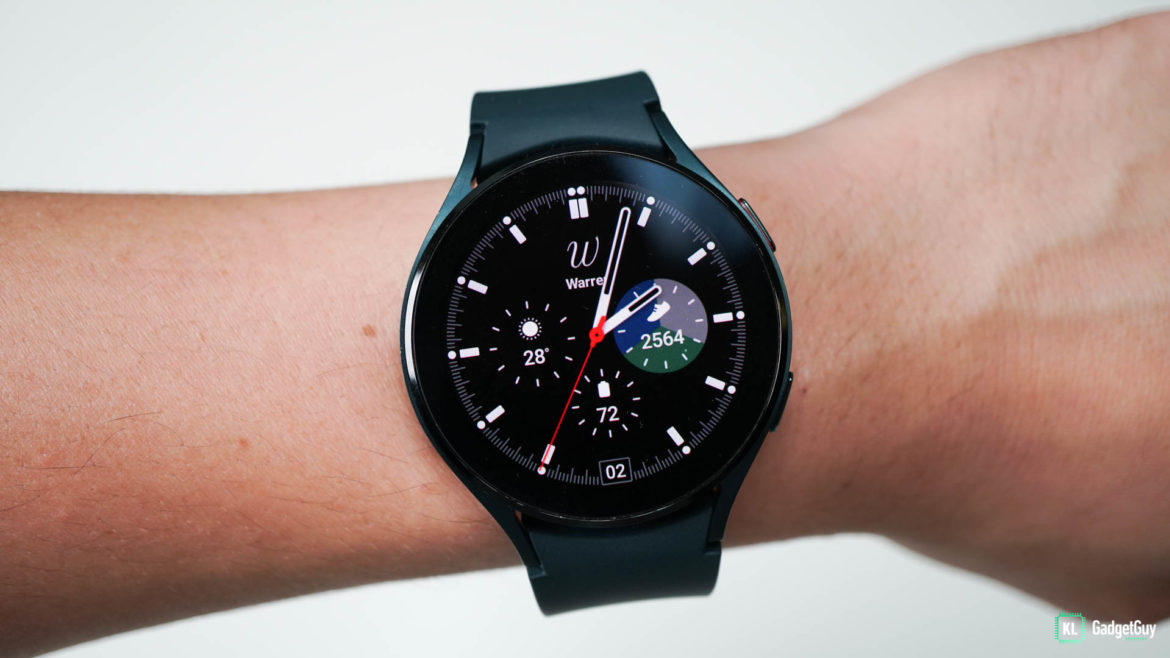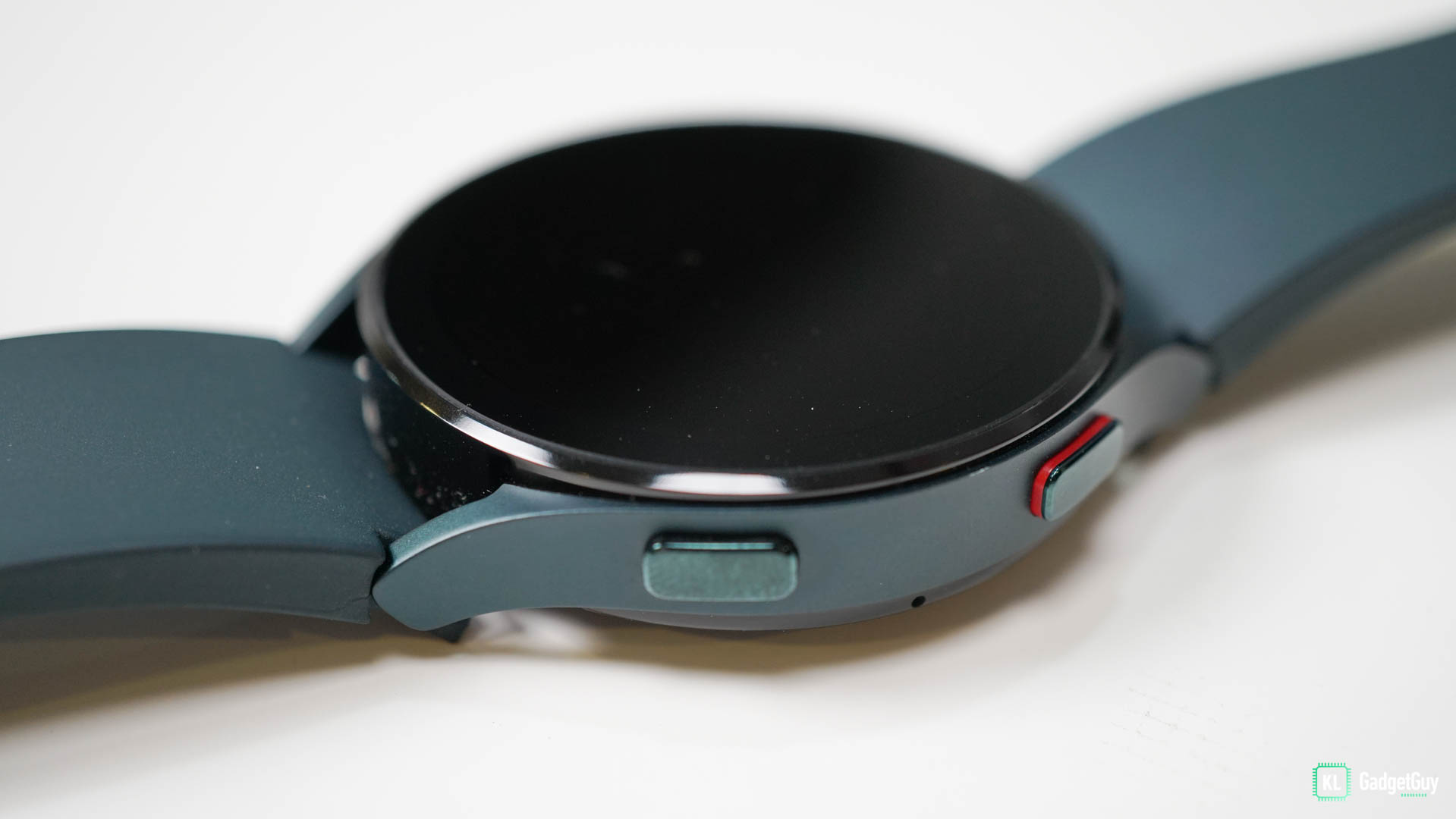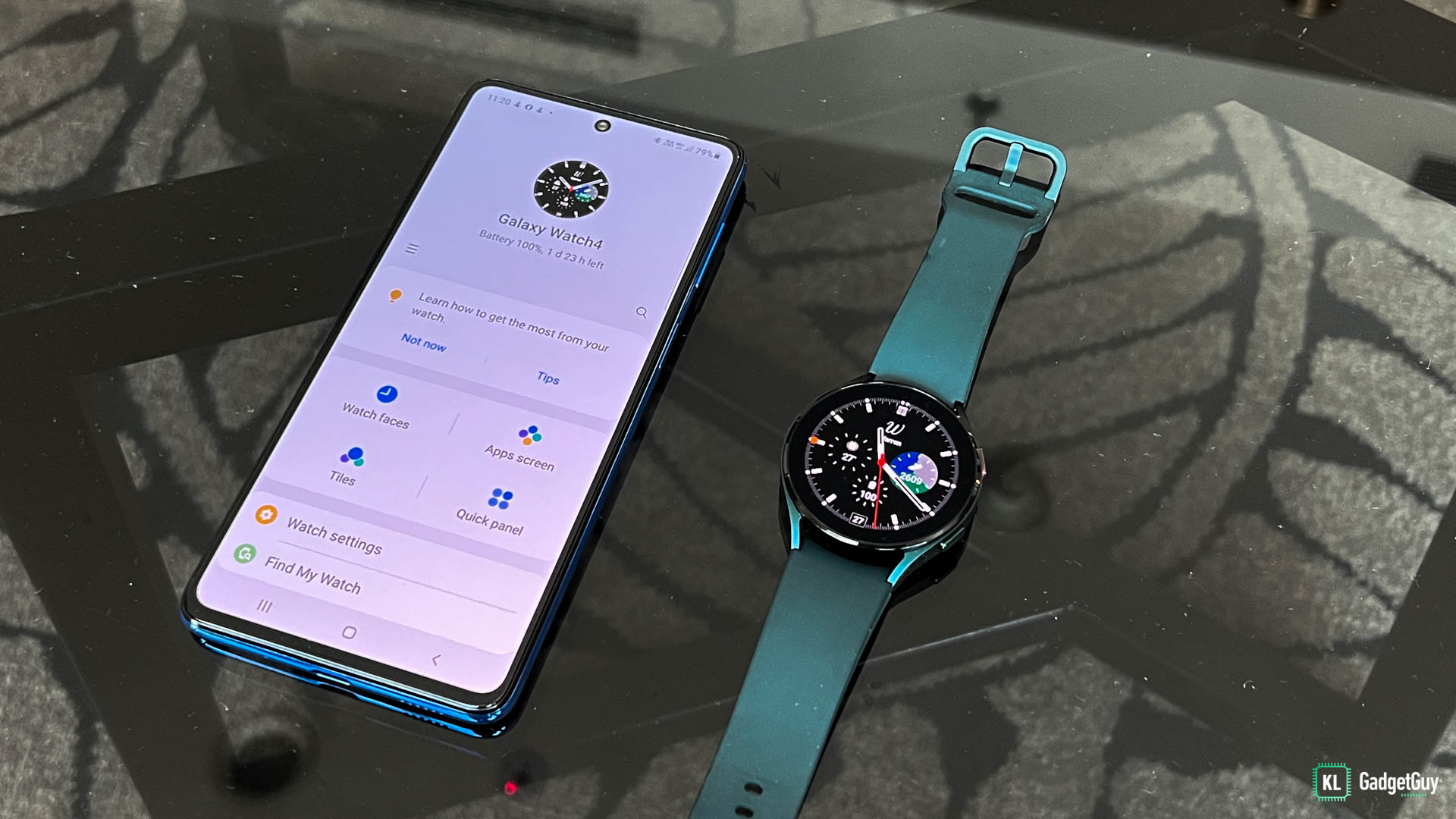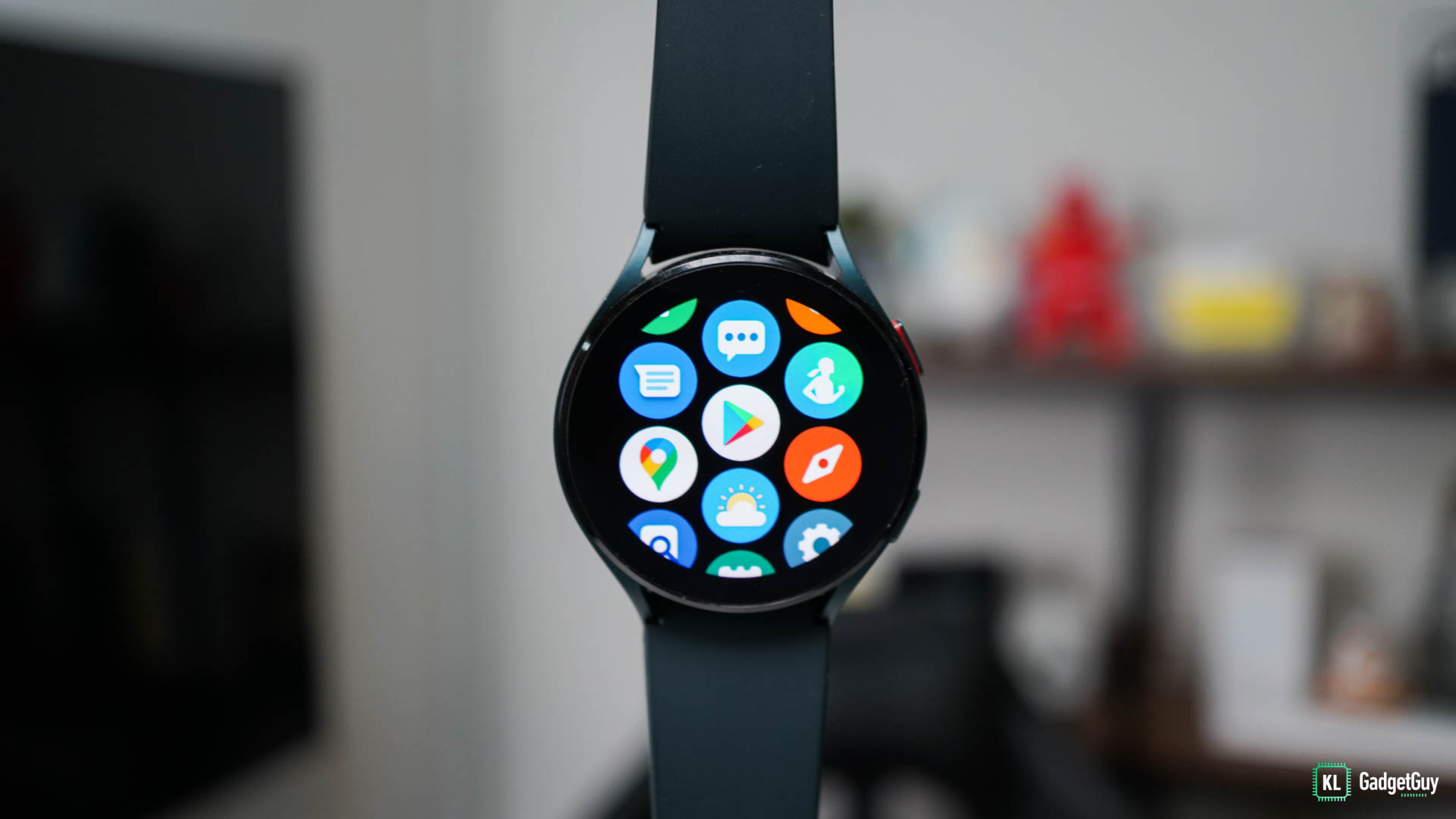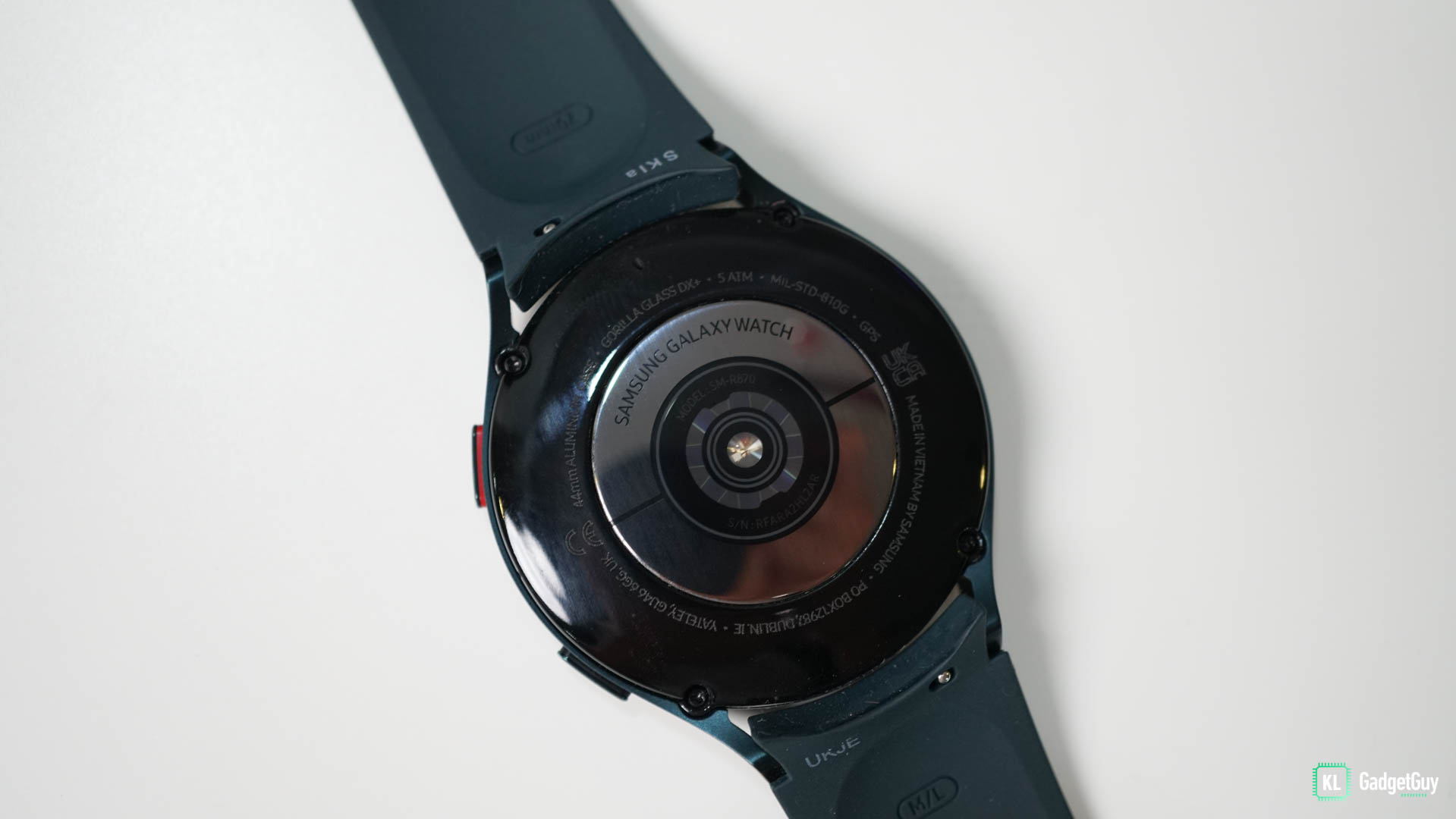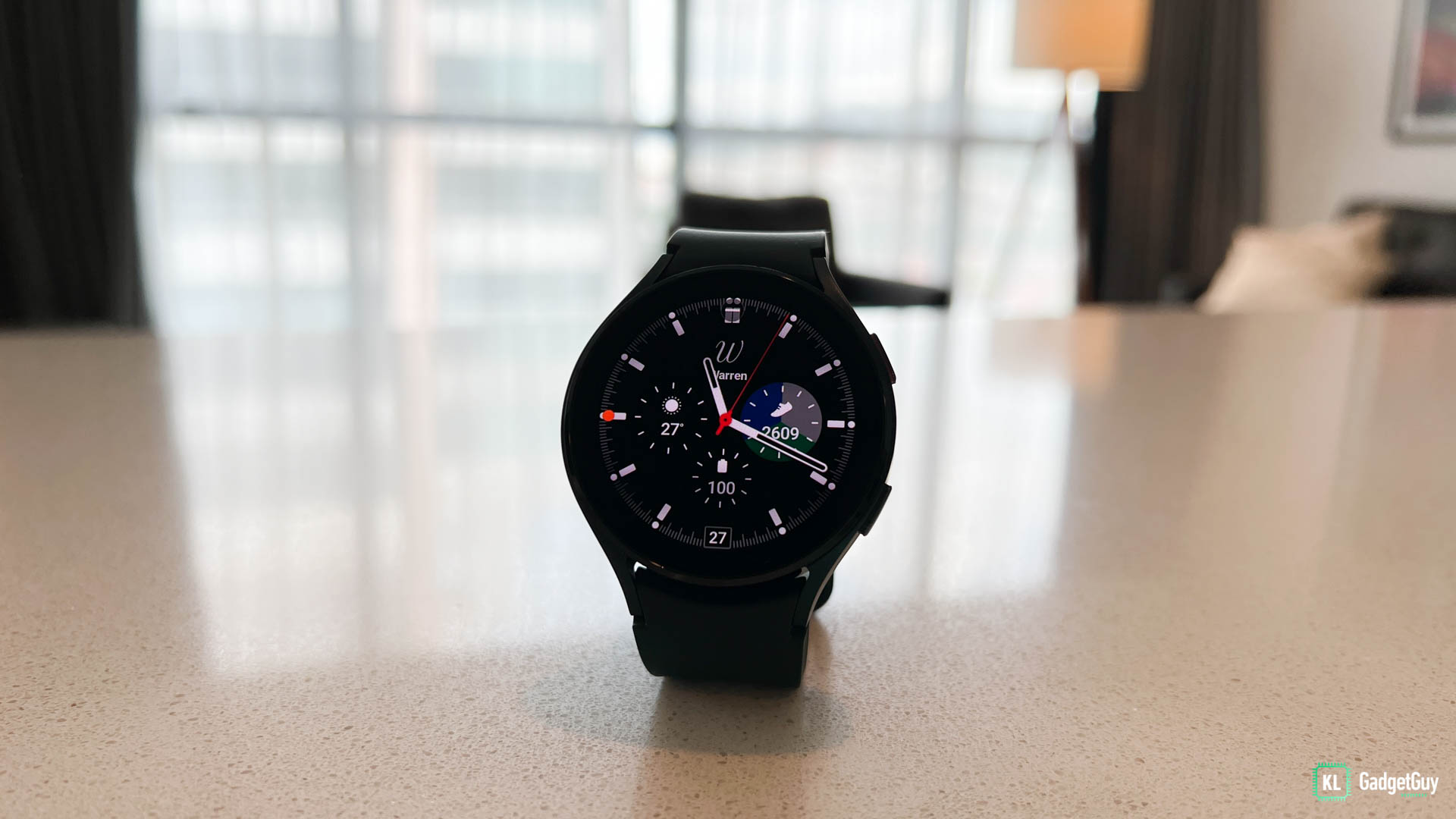Samsung has had great success with its Galaxy smartwatches over the years, they are in fact one of the best smartwatches that I can easily recommend if you needed one to go with your Android phone, even if you don’t own a Samsung smartphone.
However, things get a little interesting this year, as the Galaxy Watch 4 no longer comes with the company’s Tizen OS but rather, it runs on Google’s Wear OS or to be more specific, Wear OS 3.0, which is a collaborative effort to make Wear OS a more serious rival to Apple’s watchOS.
The question is, can Samsung redefine the future of Wear OS with the Galaxy Watch 4?
The Galaxy Watch 4 looks almost identical to the two-year old Galaxy Watch Active 2, what’s different this time is that the Watch 4 comes in two case sizes of 40mm and 44mm while only available with an aluminum case, the stainless steel case is reserved for the more expensive Watch 4 Classic, which succeeds the much older Galaxy Watch 3.
My 44mm model feels extremely lightweight and I like that it doesn’t feel oversized when worn on my wrist, the provided silicone strap is very comfortable even when my wrist got sweaty after workouts and it fits my 20cm wrist well when securing the buckle to the last hole, though I wished Samsung had provided a shorter strap for smaller wrists as some will prefer a tighter fit.
Compared to the Galaxy Watch Active 2, the Watch 4’s bezels has chamfers and the secondary button is now square shaped instead of round, the two buttons serve as sensors for measuring body composition and other health metrics, which is a great hardware inclusion that makes it more valuable than Apple’s entry-level watches.
Although Wear OS is the core operating system as the Galaxy Watch 4, Samsung has made navigation and transitions similar to Tizen OS with two major differences. First, the Watch 4 pairs with your phone using the Galaxy Wearable app instead of the Wear OS app, hence you can’t pair the watch with an iPhone since the app isn’t available on the App Store; second, you download apps from Google Play rather than Samsung’s own Galaxy Store, which means you get higher quality apps on top of Samsung’s existing Tizen OS apps.
Setting up the Galaxy Watch 4 with a Samsung phone is a breeze as you would already have most extensions and core files available, but that’s a different story for other Android phones as you are required to download several components and apps to make it work, so that’s quite a bit of effort when it doesn’t use the Wear OS app to pair.
While Samsung isn’t exactly trying to fix Wear OS entirely on the Watch 4, it brings several improvements to the user experience with more refined tiles and Samsung themed menus, but there are certain areas that I feel that Samsung should have stuck with Wear OS 2.0, such as notifications management, as I find browsing notifications by pages require some effort compared to swiping up from the bottom of the display to get to a list of notifications.
Despite having full Google Play services, the Watch 4 surprisingly leaves out Google Assistant but uses Bixby if you need to perform voice commands, it does annoy me a little when I want to use it to control my lights or ask my watch to play my Spotify playlist which you can’t do it with Bixby, Samsung and Google hasn’t commented on if they are ever going to bring Google Assistant to the Watch 4 in a future update, but I’d keep my expectations low on that one.
Overall, the Watch 4’s user experience feels very responsive with the new Samsung Exynos W920 chip paired with 1.5GB of RAM, I don’t encounter any freezes when launching or switching apps, the amount of watch faces you get to choose and customize is a very refreshing experience compared to other Wear OS smartwatches, and since this is a Samsung wearable, you get the additional benefit of using Samsung Pay, Samsung Health and controlling your Samsung earbuds.
I have been using the Watch 4 quite extensively to track my gym workouts and occasional outdoor runs, though I guiltily admit that I am not the most active person as I usually do three days of workout in a week with an average of an hour per session, I find the tracking accuracy in terms of steps and calories to be rather similar to my Apple Watch Series 6, but I realized that my heart rate can be a little inconsistent during my run, which I suspect that is due to the watch isn’t tight enough on my wrist as sweating can cause the watch to move a little, causing inaccuracy to the heart rate sensor.
The Watch 4 is a very comfortable watch to wear to sleep if you ever want to keep track of that, it tracks my sleep accurately and provides a sleep score judging from my sleep stages, it will also keep track of your blood oxygen and snore if you want to, though snore tracking requires you to subscribe to a service called Sleep Cycle and uses your phone’s microphone instead of the watch’s microphone, which can be a hassle since not everyone places their phone next to their bed due to health concerns.
The body composition measurement feature is good to have but doesn’t provide the most accurate measurements, as I compared results with an Inbody 570 body composition analyzer in the gym, measurement values such as my body fat and muscle mass have a variance of 0.6% to 1%, hence I suggest treating those values on the watch as a casual reference.
To be honest, I was wearing the 40mm Galaxy Watch 4 provided by Samsung before purchasing my own 44mm unit, but due to a really terrible battery life I experienced on the former that doesn’t gets you half way through the day, I decided to find out if it was just as bad on my unit, it fortunately turned out to be way better than expected.
Starting the day at 9am with tons of notifications buzzing the Watch 4 and a one hour gym workout tracking, my 44mm Galaxy Watch 4 will usually leave me 35% of juice when I end my day at 10pm, which still gives me enough battery life to wear to sleep, I will need to charge it the next morning as a 6-hour sleep tracking with blood oxygen monitoring turned on will use up around 10% of juice, very much fulfilling the claims of the watch lasting up to two days on a single charge.
Using the same magnetic charging puck as its predecessor, I’m glad that the Watch 4 can also be charged using Samsung’s own Qi wireless charging pad or if your watch urgently requires some juice, you can always use Wireless Powershare on your Samsung phone to reverse charge it if your phone supports it.
The Galaxy Watch 4 is an excellent smartwatch to pair with your Samsung and other Android phones, though I would say that the collaborative efforts between Google and Samsung in the software department doesn’t necessarily improve the original Wear OS experience, let alone setting a standard on how future Wear OS smartwatches should perform.
Having Samsung adopt Wear OS on their smartwatches is an important goal for Google to convince more partners to make smartwatches running Wear OS, considering the strong branding the company has over other OEMs, the fact that they allow Samsung to tailor-made their own software experience on the Galaxy Watch 4 could be a sign that we can probably expect more custom software experiences from other brands, which is ultimately a big win for consumers and Samsung has definitely shone a bright road ahead for Google’s Wear OS with the Galaxy Watch 4.


